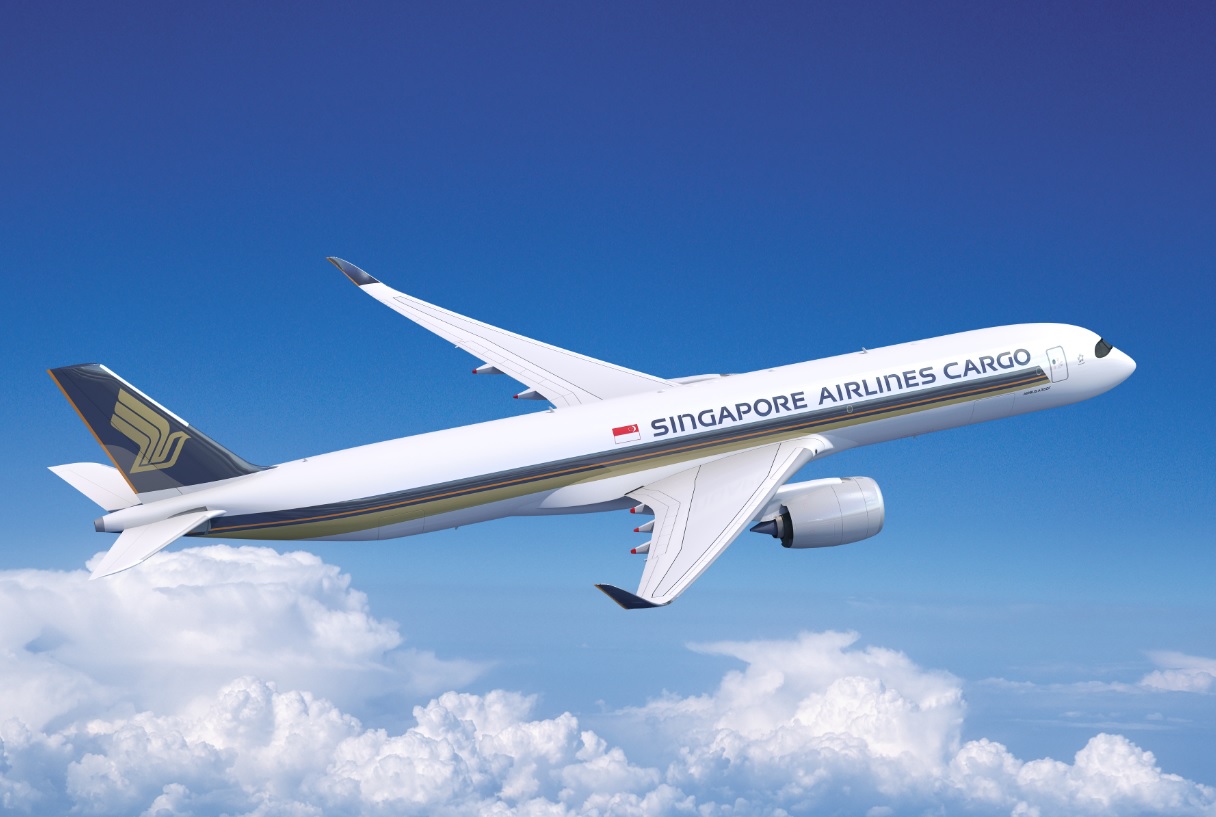Asia Pacific region will need over 17,600 new aircraft by 2040
14 / 02 / 2022

A350F rendering. Copyright: Airbus S.A.S. 2021 - computer rendering by FIXION - MMS - 2021
Asia Pacific airlines will require 17,620 new passenger and freighter aircraft by 2040, with nearly 30% of these replacing older, less fuel-efficient models.
That is the view of framemaker Airbus, which predicts that cargo traffic in Asia Pacific will increase at 3.6% per annum, well above the global 3.1% average, and will lead to a doubling in airfreight in the region by 2040.
In the freighter market, said an Airbus spokesperson, the dedicated fleet in the region will increase from 350 aircraft today to 880 aircraft in 20 years, with demand for some 370 widebody freighters, including 230 newbuilds.
Airbus predicts passenger traffic growth in the Asia Pacific region of 5.3% per annum, accelerating the retirement of older aircraft.
Globally, express freight boosted by e-commerce will grow at an even faster pace of 4.7% per year. Overall, the world’s airlines will need some 2,440 freighters over the next 20 years, of which 880 will be newbuilds, reflecting strong cargo growth.
Asia Pacific, home to 55% of the world’s population, will see China, India and emerging economies such as Vietnam and Indonesia being the principal drivers of regional growth, said Airbus.
GDP will grow at 3.6% per year compared to the world average 2.5% and double in value by 2040. The middle class, who are the likeliest to travel, will increase by 1.1bn to 3.2bn and the propensity for people to travel is set to almost triple by 2040.
Of the demand for 17,620 aircraft, 13,660 are in the small category like the Airbus A220 and A320 family.
In the medium and long-range categories, Asia Pacific will continue to drive demand with some 42% of global requirement. This translates to 2,470 medium and 1,490 large category aircraft.
Christian Scherer, chief commercial officer and head of Airbus International, said: “We are seeing a global recovery in air traffic and as travel restrictions are further eased the Asia-Pacific region will become one of its main drivers again. We are confident of a strong rebound in the region’s traffic and expect it to reach 2019 levels between 2023 and 2025.
“With an ever-greater focus on efficiency and sustainable aviation in the region, our products are especially well positioned.”
Scherer added: “Our modern portfolio offers a 20%-25% fuel burn and therewith CO2 advantage over older generation aircraft and we pride ourselves that all our aircraft products are already certified to fly with a blend of 50% SAF, set to rise to 100% by 2030.
“In addition, our newly launched A350F offers efficiency gains of 10% to 40% compared to any other large freighter, existing or expected, both in terms of fuel consumption as in CO2 emissions.”














